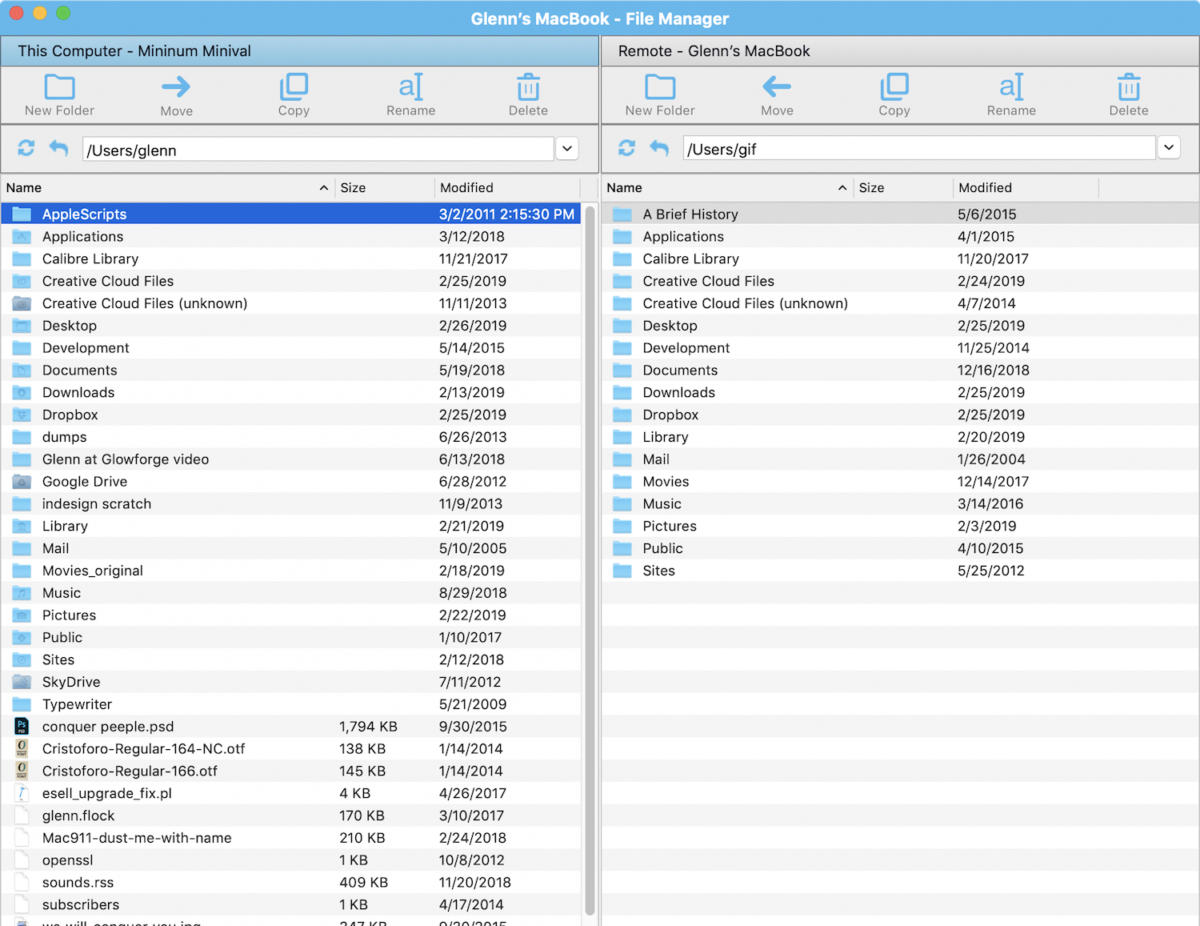

- Logmein support for mac os x 10.7.5 upgrade#
- Logmein support for mac os x 10.7.5 windows#
HA aborted several failover attempts for virtual machines after deployment and no dvPort data was loaded.
Simultaneous deployment of a high number of virtual machines resulted in a network adapter connection failure. Firewall IP ruleset with spaces was accepted by firewall UI but not published to hostsĪn IP ruleset with intervening spaces, such as '10.10.10.2 ,10.10.10.3' was accepted in the firewall UI, but the rules were not published to the hosts. Virtual machines experienced a network interruption of up to 30 seconds after being vMotioned from one ESXi host to another when Distributed Firewall rules had security groups in the Source and/or Destination fieldsįor more information, see the VMware Knowledge Base article 2110197. Firewall Rule publish failed due to whitespace insertionįirewall Rule publish was failing because IP translation inserted whitespaces in generated IP ranges when nested security groups had excluded members in it. Since Yosemite did not use /Library/StartupItems/ as a startup item, the VMware startup script was not executed when the machine booted up. SSL VPN Mac client for OS X Yosemite displayed certificate authentication error. However, when the interface corresponding to the static route was toggled, the FIB incorrectly ended up installing two paths to this network. When NSX Edge has a static route for a network and it also learns a dynamic route for the same route, the static route is chosen correctly over the dynamic route as static route is preferred. Two unequal cost paths installed in FIB. See the VMware Knowledge Base article 2099414 for details. Configuring Layer 2 Bridging on a Distributed Logical Router failedĬonfiguring Layer 2 Bridging on a Distributed Logical Router in NSX for vSphere 6.1.2 failed with error User is not authorized to access object edge-XX and feature edge.bridging. When ECMP was enabled on the Global Routing tab, firewall was automatically disabled. Enabling Equal-Cost Multi-Path routing (ECMP) on a Logical Router disabled firewall. OSPF adjacency failed to come up and remained stuck in two-way state.ĭynamic routing protocols were not supported to run on sub interfaces. On OSPF-enabled NSX Edge Services Gateways, OSPF adjacency was not established and its negotiation was stuck in the 2-way state. For more information, see the See the NSX Administration Guide. Logmein support for mac os x 10.7.5 windows#
The Windows VPN client already takes advantage of the platform trust store when installed with 'Check Certificates' enabled. We're now making use of standard tools available on these platforms to establish better trust with our SSLVPN server.

We've taken customer feedback and improved the way we manage trust for our Mac and Linux SSLVPN clients.
Server Certificate Validation for SSL VPN Linux and OS X clients. Host preparation and installation of VXLAN VIBs failed when ESXi host was configured for lockdown mode. Host prep/VIB installation failed when ESXi host was configured for lockdown mode. If the vCNS to NSX vSphere migration path started from vCNS version 5.0.x or 5.1.x, NSX vSphere Controller deployment failed due to database schema changes across releases. Logmein support for mac os x 10.7.5 upgrade#
Unable to upgrade to NSX vSphere Controllers from vCNS 5.0.x or 5.1.x.Resolved issues are grouped as follows: Resolved Installation and Upgrade Issues Repeat steps 3 through 6 for the next subset of hosts till all the hosts in your environment are upgraded.Take the upgraded hosts out of maintenance mode.When the hosts show reboot required on the Hosts and Clusters tab in the left hand side of the vSphere Web Client, reboot the hosts a second time.When the hosts boot up, NSX Manager pushes the ESXi 6.0 VIBs to the hosts. See VMware vSphere 6.0 Documentation for instructions.ĭepending on the host settings and upgrade method, the hosts are either automatically rebooted or you have to manually reboot them.
 To upgrade without any downtime, identify a subset of the hosts in your environment that you can start upgrading. See VMware vSphere 6.0 Documentation for instructions. If you want to upgrade vCenter Server and ESXi, complete the remaining steps in this procedure.
To upgrade without any downtime, identify a subset of the hosts in your environment that you can start upgrading. See VMware vSphere 6.0 Documentation for instructions. If you want to upgrade vCenter Server and ESXi, complete the remaining steps in this procedure. 
If you do not want to upgrade vCenter Server and ESXi to 6.0, you are done with the upgrade procedure. See the NSX Installation and Upgrade Guide for instructions.
Upgrade NSX Manager and all NSX components to 6.1.3. To upgrade NSX vSphere to 6.1.3, follow the steps below:








 0 kommentar(er)
0 kommentar(er)
